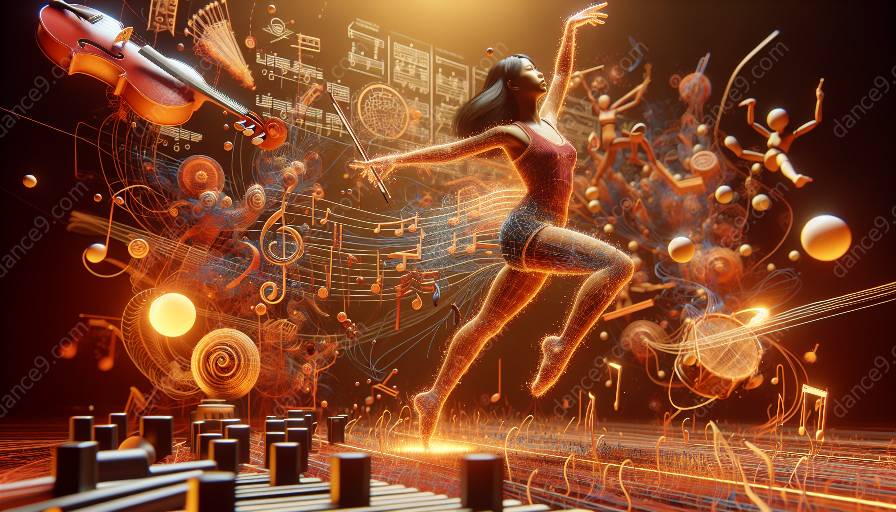Electronic music and dance have shared a symbiotic relationship, each influencing the other in profound ways. Electronic music composition serves as a form of expression in dance, enriching performances and connecting with audiences on an emotional and visceral level.
The Relationship Between Dance and Electronic Music
Dance and electronic music have a long history of collaboration, with each art form inspiring and shaping the other. The rhythmic and textural qualities of electronic music provide a rich sonic landscape for choreographers and dancers to explore movement and emotion. On the other hand, dance also influences electronic music composition, as composers and producers consider the physicality and spatial aspects of movement when creating soundscapes and beats.
Expression through Rhythm and Texture
Electronic music composition offers a wide range of possibilities for expression in dance. The rhythmic intricacies and intricate patterns in electronic music can inspire dancers to explore intricate footwork, fluid gestures, and dynamic movement. The textures and layers of sound in electronic music provide choreographers with a canvas to create emotional resonance and storytelling through movement. From pulsating basslines to ethereal melodies, electronic music composition can evoke diverse emotions and moods, which dancers can embody through their performances.
Embracing Technological Innovation
Electronic music composition allows for the integration of technology into dance performances, transforming the stage into an immersive audiovisual experience. Through electronic music production techniques such as sampling, synthesis, and spatial audio, composers can craft soundscapes that transcend traditional acoustic limitations, enhancing the spatial and sensory dimensions of dance. This integration of technology opens up new avenues of expression for choreographers, enabling them to push the boundaries of movement and sensory engagement.
Moment-to-Moment Emotional Dynamics
Electronic music offers dynamic and adaptive qualities that resonate with the ever-changing emotional states of dance performances. Composers can craft music that responds to the nuances of a live dance performance, heightening the emotional impact and synchronization between sound and movement. Through electronic music theory, composers can explore concepts such as tension and release, sonic motifs, and sonic atmospheres, creating a sonic landscape that complements and elevates the expressive power of dance.
Collaborative Creative Process
Collaboration between choreographers, dancers, and electronic music composers fosters an environment where ideas flow seamlessly, enriching the creative process. By understanding dance movements and the emotional intent behind choreography, electronic music composers can tailor their compositions to enhance the expressive nuances of the dance performance. Conversely, choreographers and dancers can provide invaluable insights into the emotional narrative and physicality of the performance, inspiring composers to craft music that resonates with the intended artistic vision.
Conclusion
The relationship between electronic music composition and dance is a truly symbiotic one, with each art form elevating and enriching the expressive potential of the other. Through rhythmic intricacies, emotional textures, technological innovation, and collaborative creativity, electronic music serves as a powerful form of expression in dance, creating captivating and immersive experiences for performers and audiences alike.






























